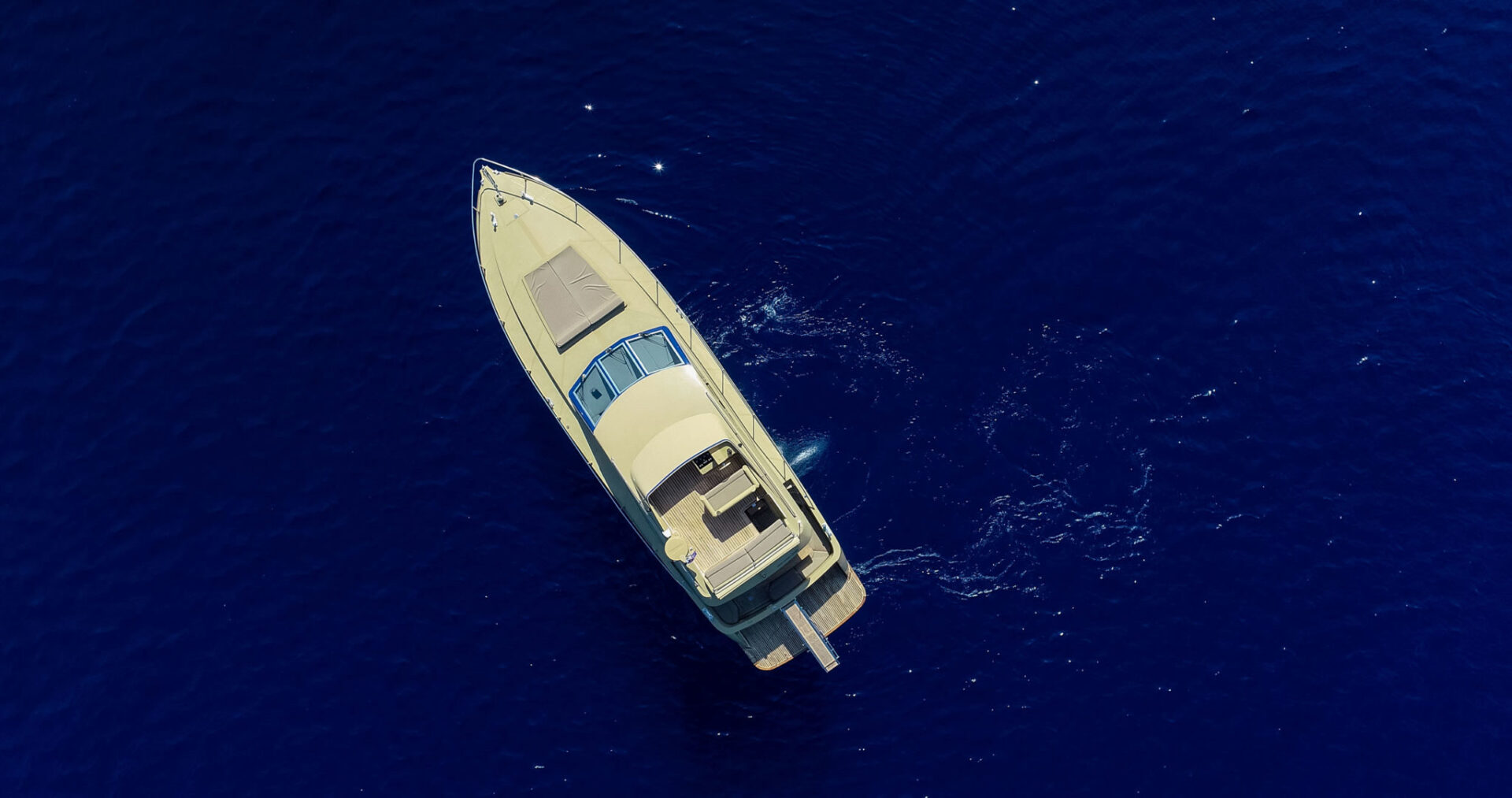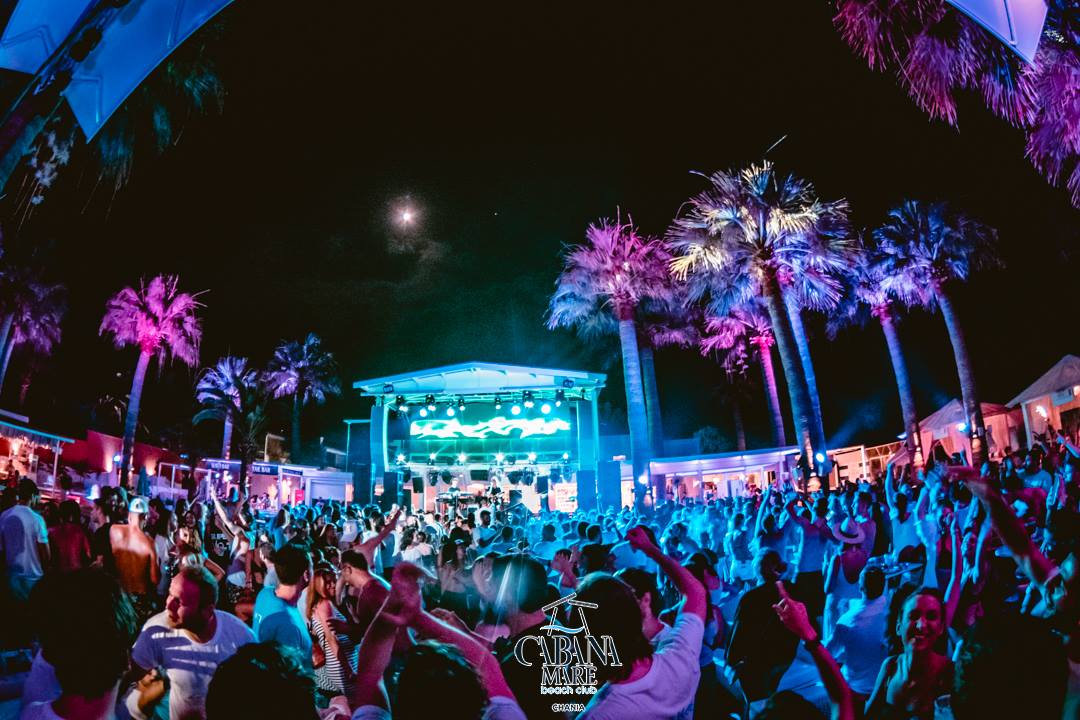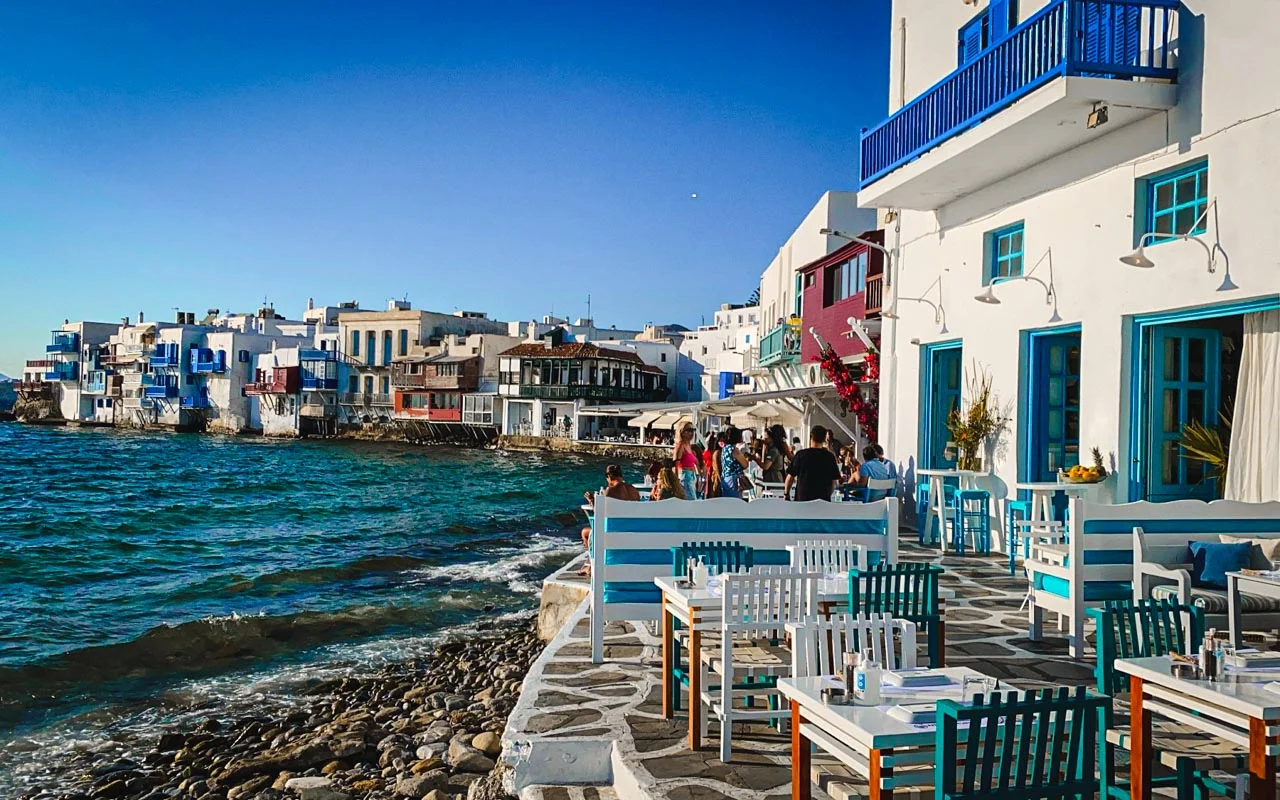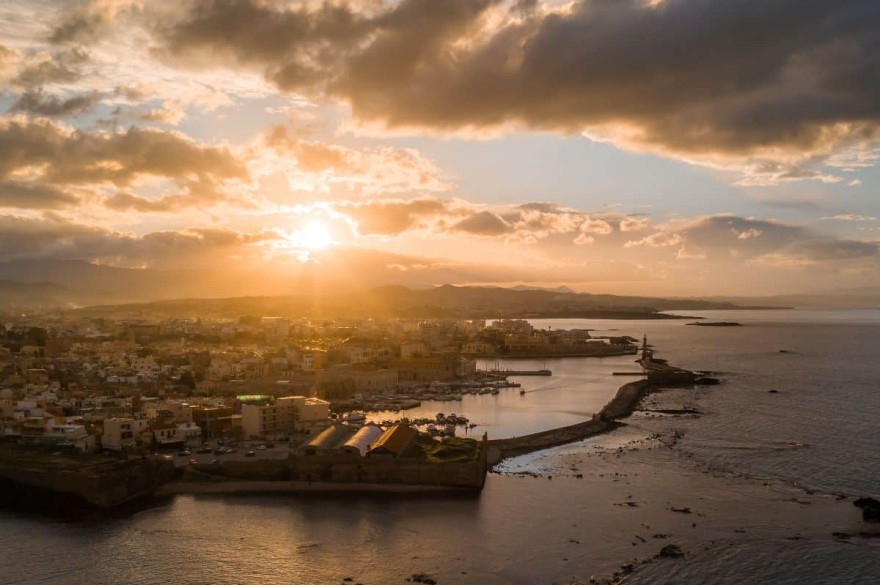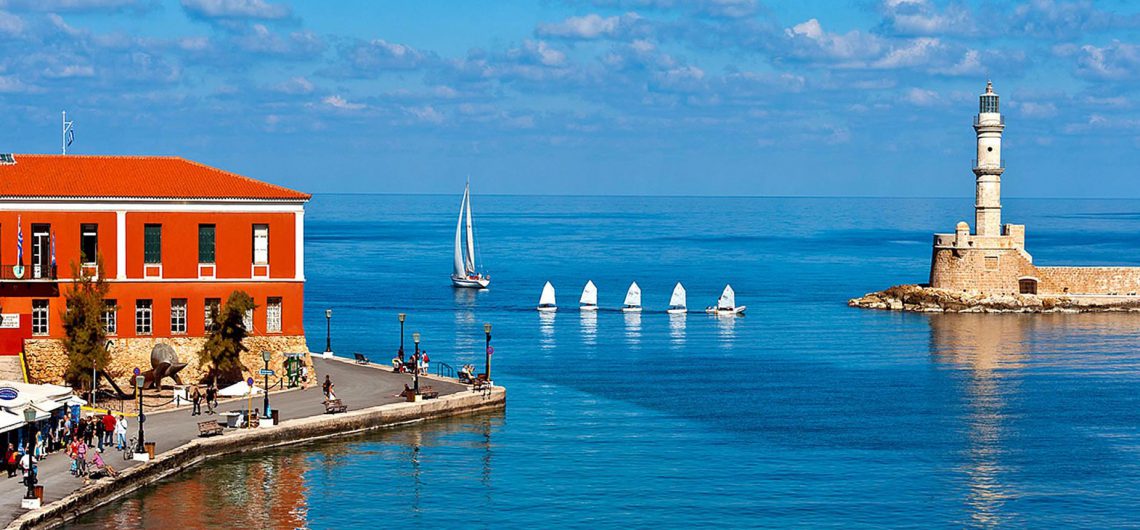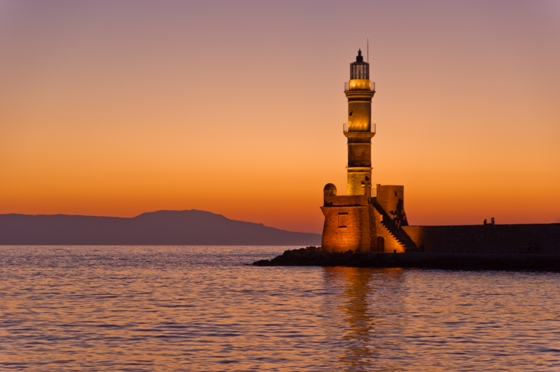An ancient Greek theater has been discovered at the remote ancient site of Lissos south of Chania on Crete, the Ministry of Culture and Sports announced on Tuesday.
Facing east, the structure appears to be either an odeum, where musical activities took place, or a bouleuterion, where members of the assembly met.
According to preliminary information, the building appears to have been constructed in the early Roman years during the 1st century AD.
The building is part of a theater complex, and the excavation took place in order to preserve the findings already exposed to the elements from the late ’50s when it was first excavated by Nikolaos Platon. Further north, there was a temple dedicated to the healer god, Asclepius.
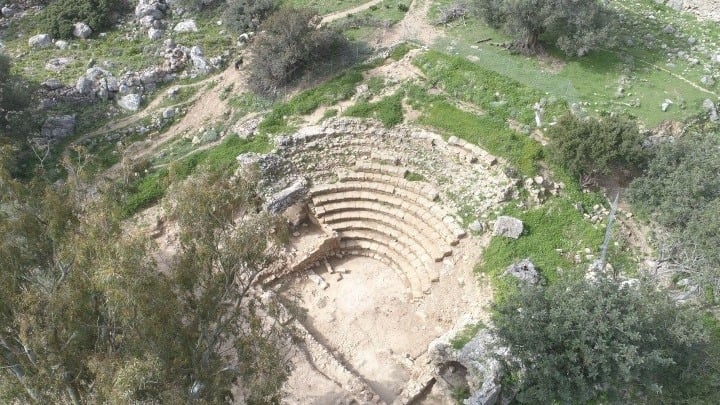
Ancient Greek theater was possibly destroyed by flooding on Crete
Current excavations revealed part of the stage, a corridor on each side of the theater with a vaulted roof, and fourteen rows of seats.
The seating of the theater rests on a built base, and most of the surviving seats are situated south and southwest.
The northern section is heavily damaged by large boulders transferred in the flooding of a stream nearby. The boulders broke through the building diagonally, towards the east.
It is speculated that the flooding occurred after a powerful earthquake in the Late Roman era (4th c AD), which destroyed most of western Crete’s ancient sites.
Future work on the site will determine whether the theater is supported by an outside wall, which will also influence restoration work.
The building lies in a central part of the town near the Asclepius temple (Asclepieum of Lissus), which was excavated in 1959.
Besides the temple, the general area includes ruins of public buildings, an impressive Hellenistic-Roman necropolis, and two single-room Byzantine churches.
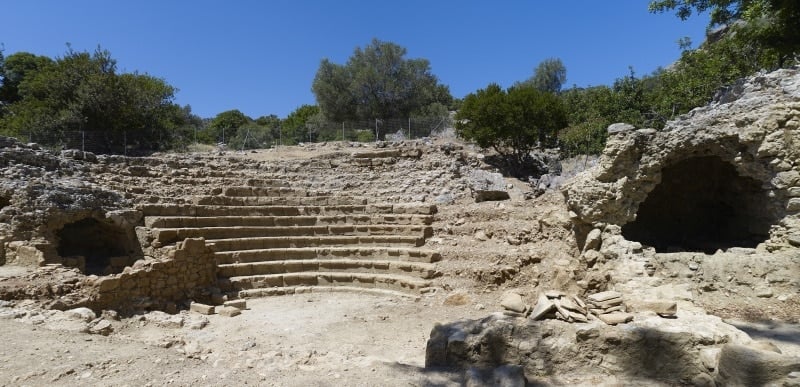
Lissos was an independent city on Crete
Lissos was an independent city, a religious center, and had powerful trading and fishing fleets during the 3rd century BC.
It was established in the Classical period and flourished until late antiquity. Its name was ascertained by inscriptions.
Based on inscriptions and coins of the 3rd century BC, we know the city allied with King Magas of Cyrene and joined the League of Oreians. The koinon of the Oreians consisted of the cities Lissos, Syia, Poikilassos, Tarrha, Yrtakina, and Elyrus.
It was established in the fertile valley of Ai Kyrkos, protected by steep mountains and facing the southwest Cretan Sea.
Because of its accessibility only by sea or through the challenging European long-distance path E4, the area has not changed by modern interventions, which also makes excavation difficult.
The work was undertaken by the Antiquities Ephorate of Chania, and its estimated cost of three hundred thousand euros is funded by the Region of Crete Program of Public Investments.
Info
Post by Greekreporter
Travel & Concierge agency
M.+30 694 6747457
www.chaniaconcierge.gr





